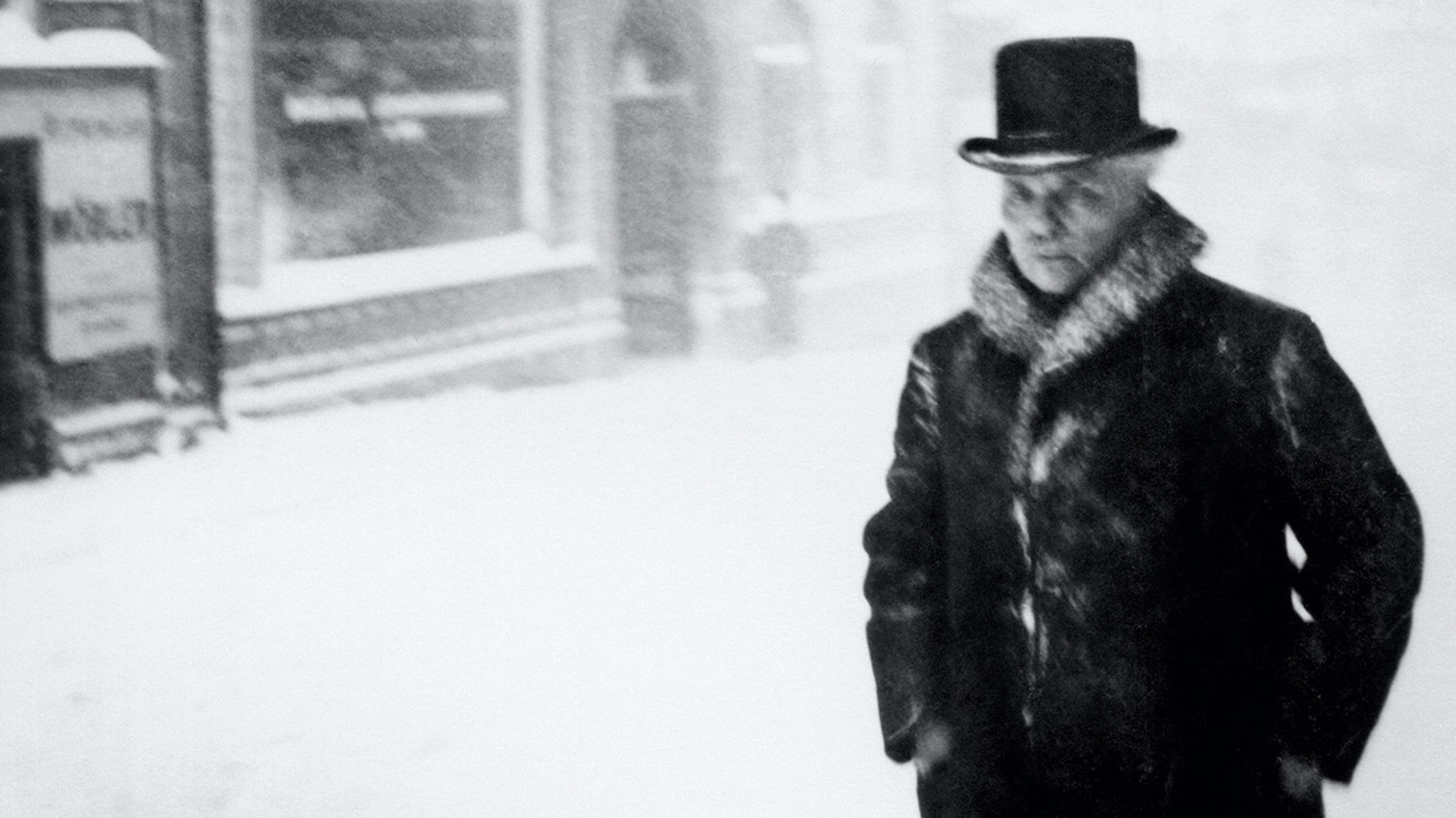The Image of Strindberg

Strindberg was, as we would say today, successful in his ambition to systematically build his brand.
“The woman hater”, “the madman”, “the titan”
Also in this, he was ahead of his time. Few writers of his generation visited the photo studio as frequently as Strindberg; sometimes he posed for world-famous photographers such as Otto Wegener in Paris, sometimes for amateurs such as the shop assistant Otto Johansson in Furusund in Stockholm’s Northern archipelago. Just as often he availed himself of the camera’s self-timer when creating his self-portraits. He was always his own favourite motif.
At a time when the media consisted of newspapers, magazines and books, Strindberg used photography as an efficient visual calling card. He also printed postcards with his portrait, which he sent to friends, women, children, acquaintances, colleagues, translators, publishers, actors, theatre managers and sometimes also to people who had written to him and requested one. As early as the beginning of the 1880s, August Strindberg was one of Sweden’s most well-known people – a celebrity, before either the word or the concept had been invented.
“The woman hater”, “the madman”, “the titan” – these simplified descriptions of the complex writer and person August Strindberg had their origin in himself. He had, for different purposes, introduced them in the literary market.
With complete disregard for other people, and for himself, Strindberg created fiction out of his life. His family, friends and acquaintances, geographic places, ideologies and religions were all used to fuel his creative process.
Today, our interest in fiction, that which is made up or fabricated, appears to be on the wane. We insist on reality, be it in the form of television reality shows, or celebrities’ revelations about their private lives or attacks on fellow celebrities’ moral failings. Also in this respect, Strindberg was astoundingly modern, as he constantly transgressed the borders between private and public, both in his life and in his fiction.
His contemporaries were either captivated or horrified and believed they knew the reality behind his fiction. Still today, the story of August Strindberg and his life competes successfully with the stories he penned himself.
Curator: Maria Patomella
Exhibition texts: Björn Meidal, Strindberg expert and professor of literature at Uppsala University.
The exhibition is produced by Fotografiska in collaboration with Strindbergsmuseet.